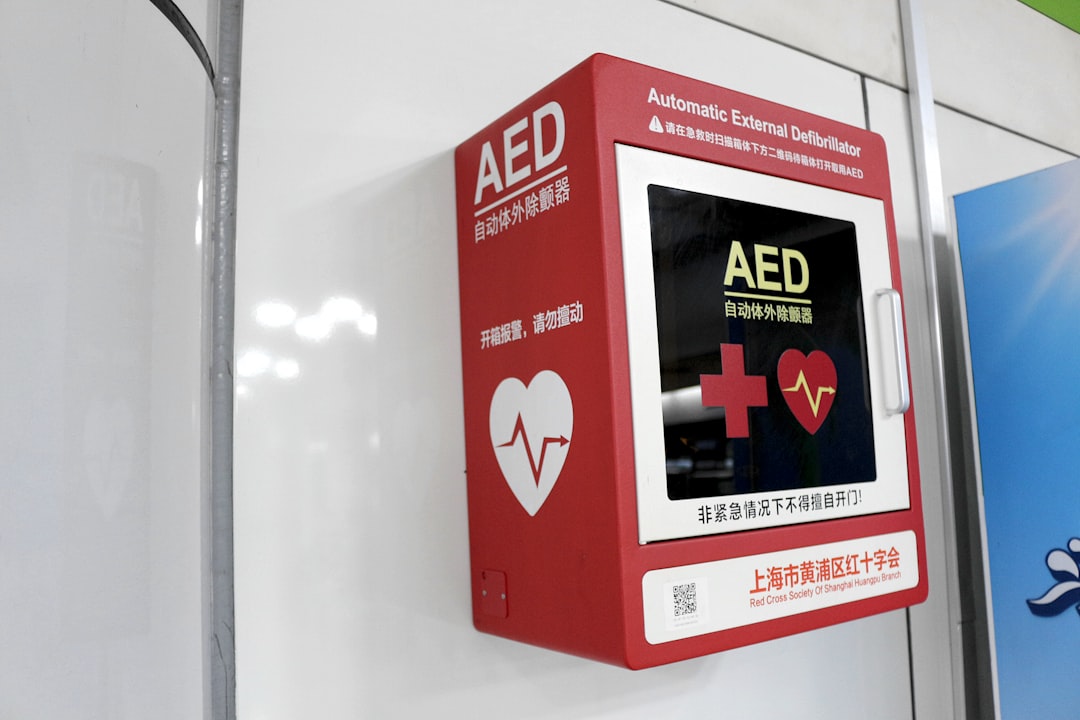A cardiac emergency can happen to anyone, at any time. Being prepared for such an event can mean the difference between life and death. Here are some tips on how to be prepared in case of a cardiac emergency.
Take an online course on CPR and AED training.

Cardiopulmonary resuscitation (CPR) is a lifesaving procedure that can keep someone alive until more advanced medical treatment can be given. It is also one of the most basic skills that everyone should know. AEDs (automatic external defibrillators) are lifesaving devices that can shock someone’s heart back into a normal rhythm. AEDs are becoming more common in public places, and it’s important to know how to use them in an emergency. That’s why it’s a good idea to take an online course on healthcare CPR and AED training. These courses are typically short and easy to complete, and they can teach you the basics of CPR and how to use an AED. You can get your certificate in no time and learn the best way to handle medical emergencies. If you’re ever in a situation where someone needs CPR or an AED, you’ll be glad you took the time to learn these lifesaving skills.
Learn the signs and symptoms of a heart attack.
The sooner you recognize that you are having a heart attack, the sooner you can get help. A heart attack is a medical emergency in which the blood supply to the heart is suddenly cut off. When this happens, the heart muscle can be damaged or die. The signs and symptoms of a heart attack can vary from person to person. Some common signs and symptoms of a heart attack include chest pain, shortness of breath, nausea, and lightheadedness.
Make sure you know where the nearest hospital is.

If you are in an emergency situation, try not to panic. Do your best to remain calm and focus on calling emergency services or getting to the hospital. When you’re traveling somewhere new or even just leaving your house, knowing where the nearest hospital is could save you or the person you’re with, especially during life-threatening emergencies.
Have an up-to-date medical ID.
If you are experiencing a heart attack, it is important for medical personnel to know. An up-to-date medical ID will list any conditions you have, as well as any medications you are taking. Most smartphones allow emergency personnel to access medical IDs without having to unlock it with the passcode. Include your name and contact information, as well as any chronic illnesses and allergies that you have. Make sure not to forget any medications you be taking as well as the dosage.
Make sure your loved ones know what to do in case of a cardiac emergency.

If you have a medical condition and are not able to get to the hospital quickly enough, your family memebers will need to know how to perform CPR and use an automated external defibrillator (AED). It would be a great idea for all of you to take these learning courses together. That way, you can all learn lifesaving techniques as a household.
Carry an emergency cardiac kit with you.
An emergency cardiac kit should include items like a list of your medications and a copy of your medical ID with a list of your allergies. A medical ID can come in a variety of forms, from a simple bracelet or necklace to a more high-tech option like a smartwatch. Whichever type of medical ID you choose, make sure it’s up to date and includes the most recent information about your health.
If you are not sure how to perform CPR or use an AED, you should consider attending a CPR class. It is a matter of life or death to be prepared in case of a cardiac emergency. Learn how to take immediate action and help save a life.
Throughout the year, our writers feature fresh, in-depth, and relevant information for our audience of 40,000+ healthcare leaders and professionals. As a healthcare business publication, we cover and cherish our relationship with the entire health care industry including administrators, nurses, physicians, physical therapists, pharmacists, and more. We cover a broad spectrum from hospitals to medical offices to outpatient services to eye surgery centers to university settings. We focus on rehabilitation, nursing homes, home care, hospice as well as men’s health, women’s heath, and pediatrics.







